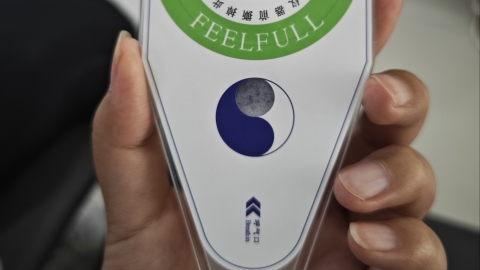How to check for Helicobacter pylori
Under normal circumstances, there are multiple methods for detecting Helicobacter pylori (H. pylori), including carbon-13 breath test, carbon-14 breath test, gastroscopy, serological testing, and stool antigen test. These methods differ in terms of procedures and applicable populations. Detailed analysis is as follows:

1. Carbon-13 breath test: The subject needs to orally take urea labeled with carbon-13 while fasting, and then blows into a gas collection bottle after sitting quietly for 15-30 minutes. The presence of H. pylori infection is determined by measuring the amount of carbon dioxide labeled with carbon-13 in the exhaled breath. This method is non-invasive and highly accurate, and is suitable for special populations such as children, pregnant women, etc.
2. Carbon-14 breath test: Similar to the carbon-13 breath test in principle, this method also requires oral administration of urea labeled with carbon-14, followed by detection of carbon dioxide labeled with carbon-14 in the exhaled breath. It is simple to perform and provides rapid results, but due to its slight radioactivity, it should be avoided by pregnant women, lactating women, and children.
3. Gastroscopy: During gastroscopy, the doctor takes a small tissue sample from the gastric mucosa and determines the presence of H. pylori infection through pathological examination or rapid urease testing. This method not only detects the bacteria but also allows observation of any inflammation, ulcers, or other lesions in the gastric mucosa.
4. Serological testing: By drawing venous blood, this method detects the level of H. pylori antibodies in the blood to determine whether there has been an infection with the bacteria. It is simple to perform and does not require fasting, but it cannot distinguish between current and past infections. If the subject has recently undergone treatment, the result may still be positive.
5. Stool antigen test: This method involves collecting a stool sample from the subject to detect the presence of H. pylori antigens, thereby determining current infection status. It is non-invasive and convenient, particularly suitable for individuals who are not suitable candidates for breath tests or gastroscopy, such as infants, young children, and elderly individuals.
Before testing, individuals should choose an appropriate testing method under the guidance of a specialist physician based on their own condition, and follow medical advice to discontinue relevant medications to ensure accurate test results. Maintaining good dietary hygiene in daily life is also important to reduce the risk of infection.






